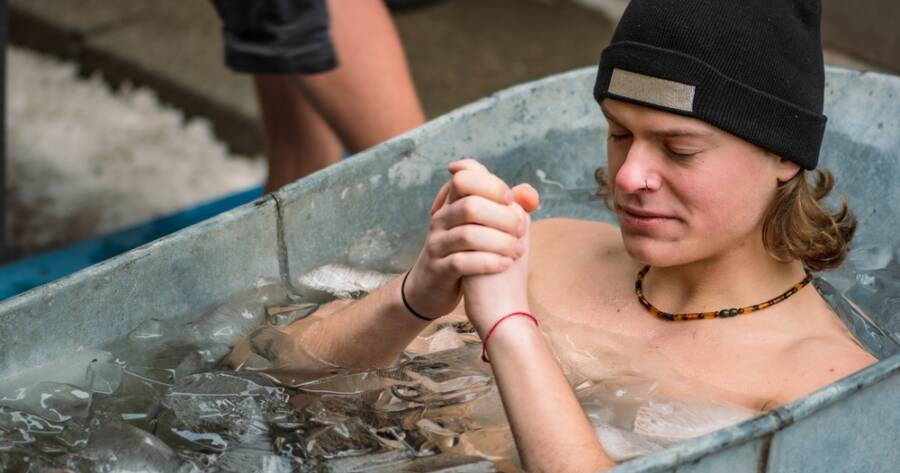Cold therapy has exploded in popularity, with athletes, wellness enthusiasts, and even busy professionals turning to it for recovery and stress relief. Among the most common options are cold plunge tanks and traditional ice baths. Both provide the invigorating shock of cold exposure, but each comes with unique advantages and challenges. For beginners looking to try cold therapy for the first time, understanding how key methods differ can make it easier to choose the right starting point.
The Basics of Ice Baths
Ice baths are the more traditional and widely known form of cold therapy. They involve filling a tub or container with cold water and adding ice until the temperature drops significantly. Athletes have used this method for decades to ease muscle soreness and inflammation after intense workouts.
For beginners, ice baths are appealing because they’re simple to set up and don’t require specialized equipment. However, maintaining the right temperature can be tricky, and the process can feel uncomfortable at first.
What Makes Cold Plunge Tanks Different
Cold plunge tanks are designed specifically for cold water immersion. Unlike ice baths, they often include filtration systems to keep the water clean and technology to maintain consistent temperatures. Some models are even designed for daily use, offering a more convenient and sanitary experience than filling a tub with ice.
For beginners, cold plunge tanks can feel more approachable because they remove much of the guesswork. You step in, and the water is ready. The downside is that tanks require more space and commitment to use regularly.
Health Benefits of Both Methods
Whether you choose an ice bath or a cold plunge tank, the core benefits are similar. Cold exposure constricts blood vessels, reduces swelling, and triggers a release of endorphins.
Many people report feeling calmer and more energized afterward. Regular practice may also help train your nervous system to handle stress more effectively. The difference lies less in the results and more in the experience. Beginners will get benefits from either method, provided they start slowly and listen to their body.
Which Is Easier for Beginners?
For someone just starting out, ice baths may be the simplest way to test the waters. They’re accessible and affordable, making them perfect for short-term experiments. However, the hassle of buying ice, filling tubs, and dealing with cleanup can discourage consistency.
Cold plunge tanks, on the other hand, are designed for routine use. They’re more user-friendly but also a bigger commitment. Beginners who want to develop a long-term cold therapy practice may find tanks a better fit, while those who just want to experiment can stick with ice baths.
Tips for Starting Safely
Whichever method you choose, safety should come first. Beginners should start with short sessions of one to two minutes in water that is cool but not painfully cold. Gradually increase the time and decrease the temperature as your body adapts.
Always pay attention to how you feel—shivering, numbness, or dizziness are signs it’s time to get out. Pairing cold therapy with deep, steady breathing helps you stay calm and makes the experience more manageable.
Choosing the Right First Step
Cold plunge tanks and ice baths both deliver the benefits of cold therapy, but the best option depends on your goals and comfort level. Ice baths are inexpensive and simple, making them great for first experiments.
Cold plunge tanks, with their consistency and convenience, are better suited for people who want to make cold immersion part of their regular wellness routine. For beginners, the key isn’t the equipment—it’s starting slowly, practicing safely, and discovering how cold therapy can fit into a healthier lifestyle.

